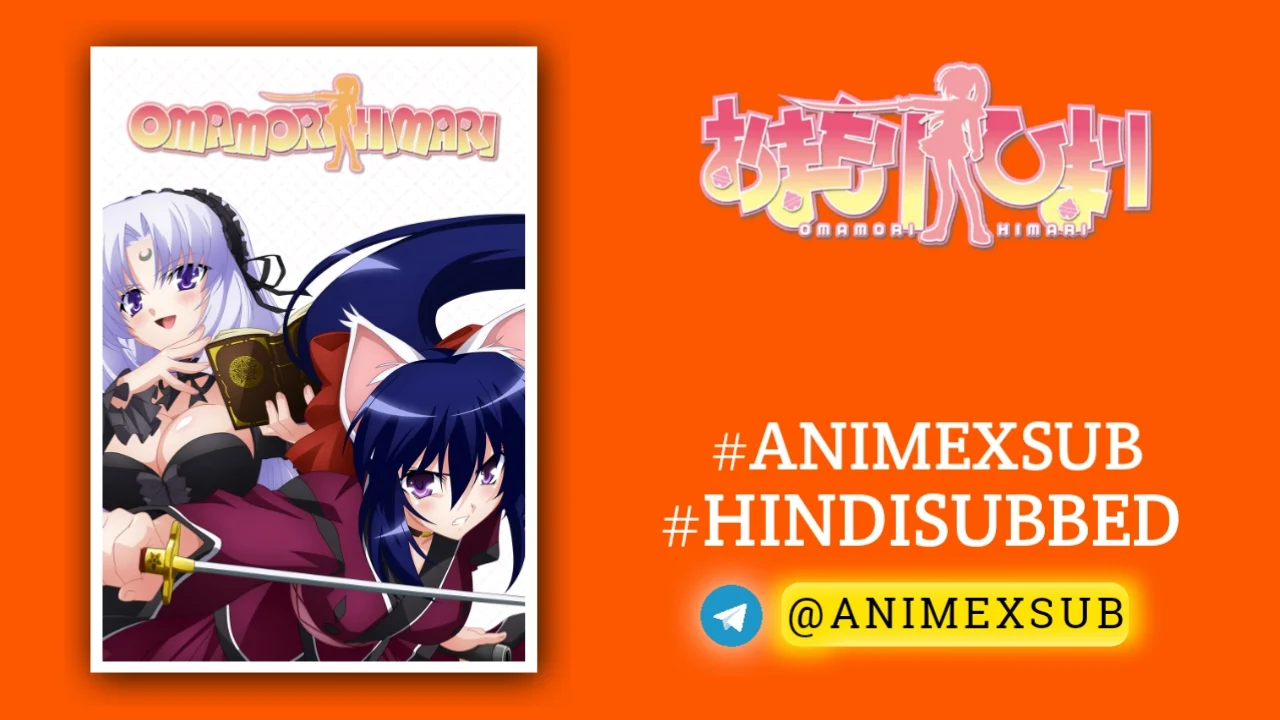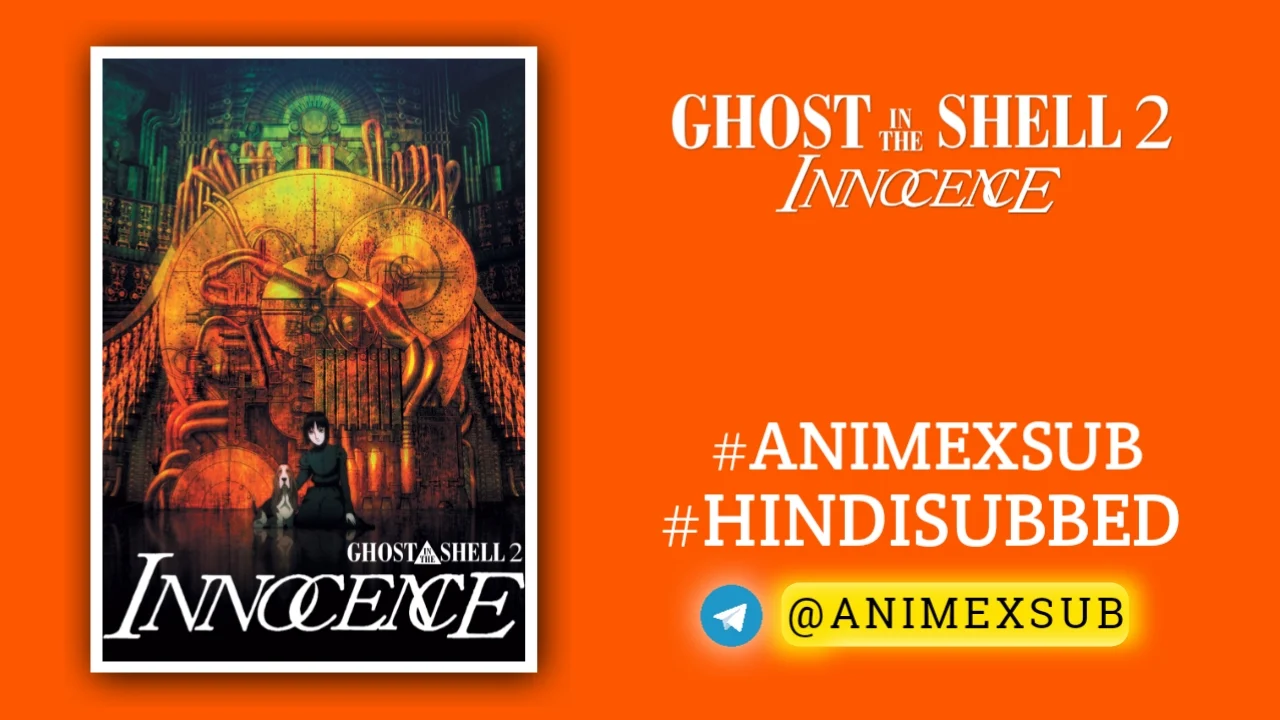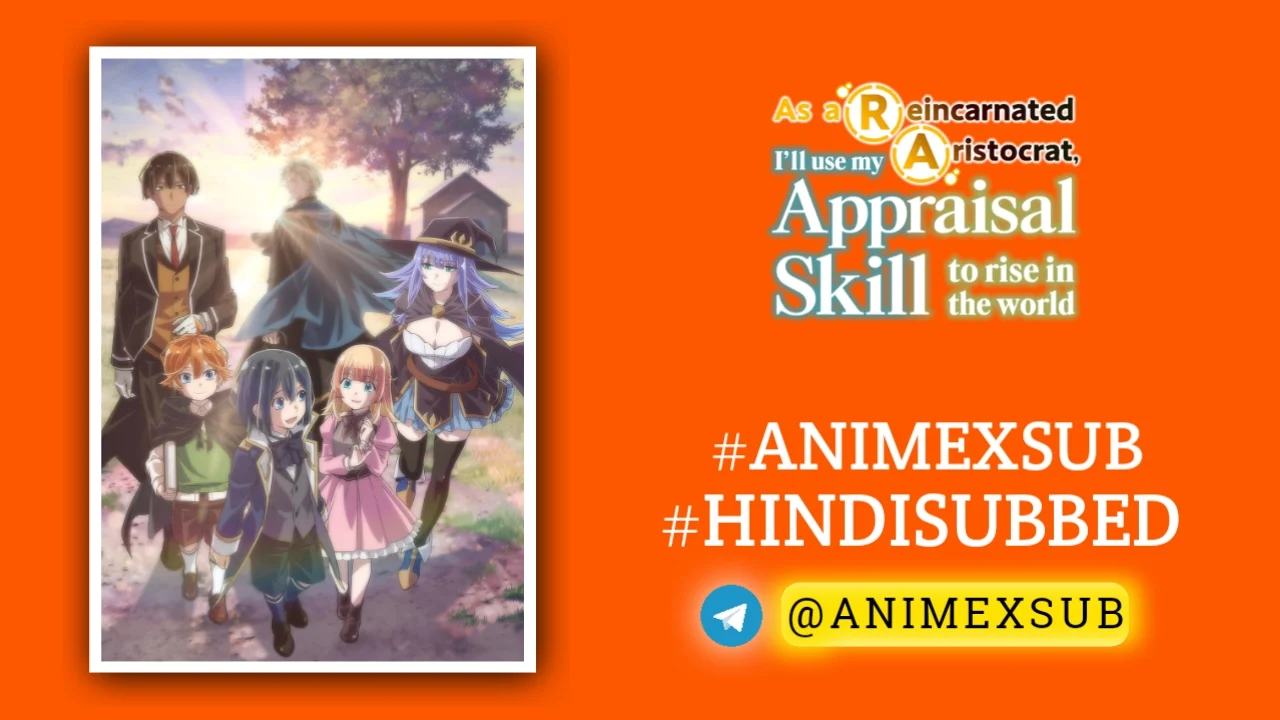
Perfect World: Ashes of the Fire Hindi Subbed [PART 1-3] | Wanmei Shijie: Juchang Ban Hindi Sub

Wanmei Shijie: Juchang Ban
Characters
Perfect World: Ashes of Fire – A Critical Review of a Bold but Flawed Donghua Milestone
Perfect World: Ashes of Fire (released September 2024) marks a significant moment for Chinese animation as the first theatrical adaptation of the beloved Perfect World donghua and Chen Dong’s web novel. This film, centered on protagonist Shi Hao and his romantic partner Huo Ling’er, attempts to expand the franchise with an original storyline, breathtaking visuals, and high emotional stakes. While it delivers moments of brilliance, the movie struggles with narrative coherence and pacing, resulting in a polarizing experience that both captivates and frustrates fans. This review dissects its strengths, shortcomings, and its broader impact on the donghua landscape, offering fresh insights into its execution and implications.
A New Chapter with Ambitious Visuals
Ashes of Fire dives into an original arc not directly adapted from the novel, focusing on Shi Hao and Huo Ling’er’s efforts to protect Lihuo City from the Bone God and the looming threat of the Ash Temple. The film’s animation, produced by Fuxu Pictures and Suzhou Ian Dongman Ltd., is a visual triumph. The landscapes of Lihuo City, with its glowing fire mulberry trees and ethereal architecture, are rendered with meticulous detail, rivaling the quality of top-tier Japanese anime. Battle sequences are fluid and dynamic, showcasing Shi Hao’s martial prowess with vibrant energy effects and creative choreography. The character designs, particularly Shi Hao’s new deity-level model and Huo Ling’er’s blessing dress, add a fresh aesthetic that elevates the film’s visual identity.
The film’s use of special effects, overseen by supervisors like Wang Yaqiang and Meng Xiangjian, pushes the boundaries of donghua animation. Scenes like Shi Hao’s confrontation with the Bone God feature dazzling light and shadow play, with qi energy pulses that feel almost tangible. These technical achievements set a new benchmark for donghua films, proving that Chinese animation can compete on a global stage.
A Narrative Stumbling Under Its Own Weight
Despite its visual splendor, Ashes of Fire falters in its storytelling. The decision to craft an original narrative was a bold move, intended to give Huo Ling’er more screen time due to her popularity among fans. However, the plot feels disjointed, oscillating between intense action and poorly explained subplots. The film introduces the Bone God and Ash Temple as major antagonists, but their motivations and connection to the broader Perfect World universe are underdeveloped, leaving viewers struggling to grasp the stakes. The Tree of Life subplot, hinted at as a sinister force draining qi, is intriguing but resolves abruptly, undermining its narrative weight.
Pacing issues further compound these problems. The film’s 90-minute runtime tries to juggle Shi Hao and Huo Ling’er’s emotional reunion, large-scale battles, and political intrigue in Lihuo City, but it often feels rushed. Key moments, like Shi Hao’s test by the Supreme High Priest, lack the buildup needed to resonate emotionally. Fans familiar with the donghua’s meticulous world-building may find the movie’s lack of context jarring, especially since it diverges from the novel’s timeline, possibly serving as a premonition or alternate timeline. This ambiguity, while intriguing for some, left many viewers confused about its place in the canon.
Character Dynamics: A Double-Edged Sword
Shi Hao remains a compelling protagonist, embodying the series’ signature blend of kindness, tenacity, and foodie humor. His chemistry with Huo Ling’er is a highlight, with tender moments—like their hand-holding scene amid fireworks—offering emotional depth. However, the film’s heavy focus on Huo Ling’er has sparked controversy among fans of other female leads, Qing Yi and Yun Xi. The promotional wallpaper featuring only Shi Hao and Huo Ling’er fueled accusations of sidelining these characters, shifting the dynamic from the novel’s multi-lead romance to a Huo Ling’er-centric narrative. This choice alienated some fans who valued the balanced relationships in the source material.
Supporting characters, such as the Supreme High Priest and Huo Ling’er’s bodyguards, feel underdeveloped, serving more as plot devices than fully realized figures. This lack of depth weakens the film’s emotional stakes, particularly in scenes meant to highlight Lihuo City’s plight. Shi Hao’s growth as a character, a strength of the donghua, feels stagnant here, with little exploration of his internal struggles beyond his drive to protect Huo Ling’er.
Fan Reception and Cultural Impact
Ashes of Fire has divided its audience. On platforms like MyAnimeList and Reddit, fans praise the animation and action but criticize the story’s lack of clarity. The film’s release saw Perfect World’s popularity dip, with its ranking on streaming platforms dropping significantly—a stark contrast to its usual top-five status. This backlash suggests that while the film aimed to expand the franchise’s reach, it may have alienated its core audience by prioritizing spectacle over narrative fidelity.
The controversy over character focus also highlights a broader challenge in adapting web novels for the screen. The Perfect World novel, known for its sprawling cast and intricate relationships, is difficult to condense without making tough choices. The film’s emphasis on Huo Ling’er may reflect fan demand—she consistently tops popularity polls—but it risks oversimplifying the story’s emotional complexity. This tension between fan expectations and creative decisions is a recurring issue in donghua adaptations, where studios must balance loyalty to the source material with the need to appeal to a broader audience.
Innovation and Missed Opportunities
Ashes of Fire deserves credit for its ambition. The decision to create an original story, rather than retread novel arcs, shows a willingness to take risks. The rumored three-part release structure, with initial episodes potentially free and later ones behind a paywall, is a savvy approach to balance accessibility and revenue, a model that could shape future donghua films. However, the execution falls short of its potential. The film could have explored Shi Hao’s psychological growth or delved deeper into Lihuo City’s lore to create a standalone story that still felt connected to the Perfect World universe. Instead, it leans heavily on action and romance, neglecting the rich world-building that defines the series.
Conclusion: A Visual Spectacle with Narrative Gaps
Perfect World: Ashes of Fire is a visually stunning but narratively uneven addition to the franchise. Its animation and fight sequences are a testament to the growing prowess of Chinese donghua, but its muddled plot and character imbalances prevent it from reaching the heights of the main series. For fans, it offers a bittersweet experience—moments of brilliance tempered by frustration over missed opportunities. The film’s legacy may lie in its technical achievements and its role as a testing ground for donghua’s cinematic ambitions, but it serves as a reminder that even the most dazzling visuals need a strong story to truly resonate.
For those new to Perfect World, the movie is a visually impressive entry point but may confuse without prior knowledge of the series. For longtime fans, it’s a flawed but heartfelt chapter that highlights Huo Ling’er’s importance while struggling to capture the novel’s depth. As the donghua moves toward its fifth season and Shi Hao’s wedding arc in 2025, Ashes of Fire stands as a bold experiment that pushes boundaries but doesn’t fully deliver on its promise.
Rating: 7.5/10 – A feast for the eyes, but a hunger for narrative clarity lingers.






